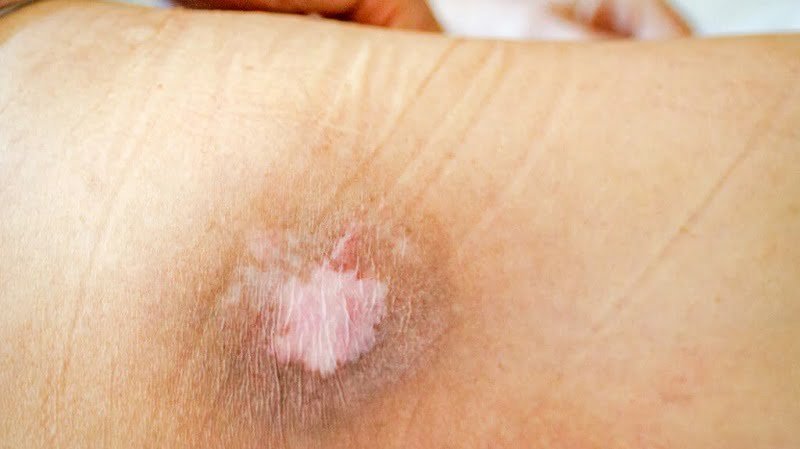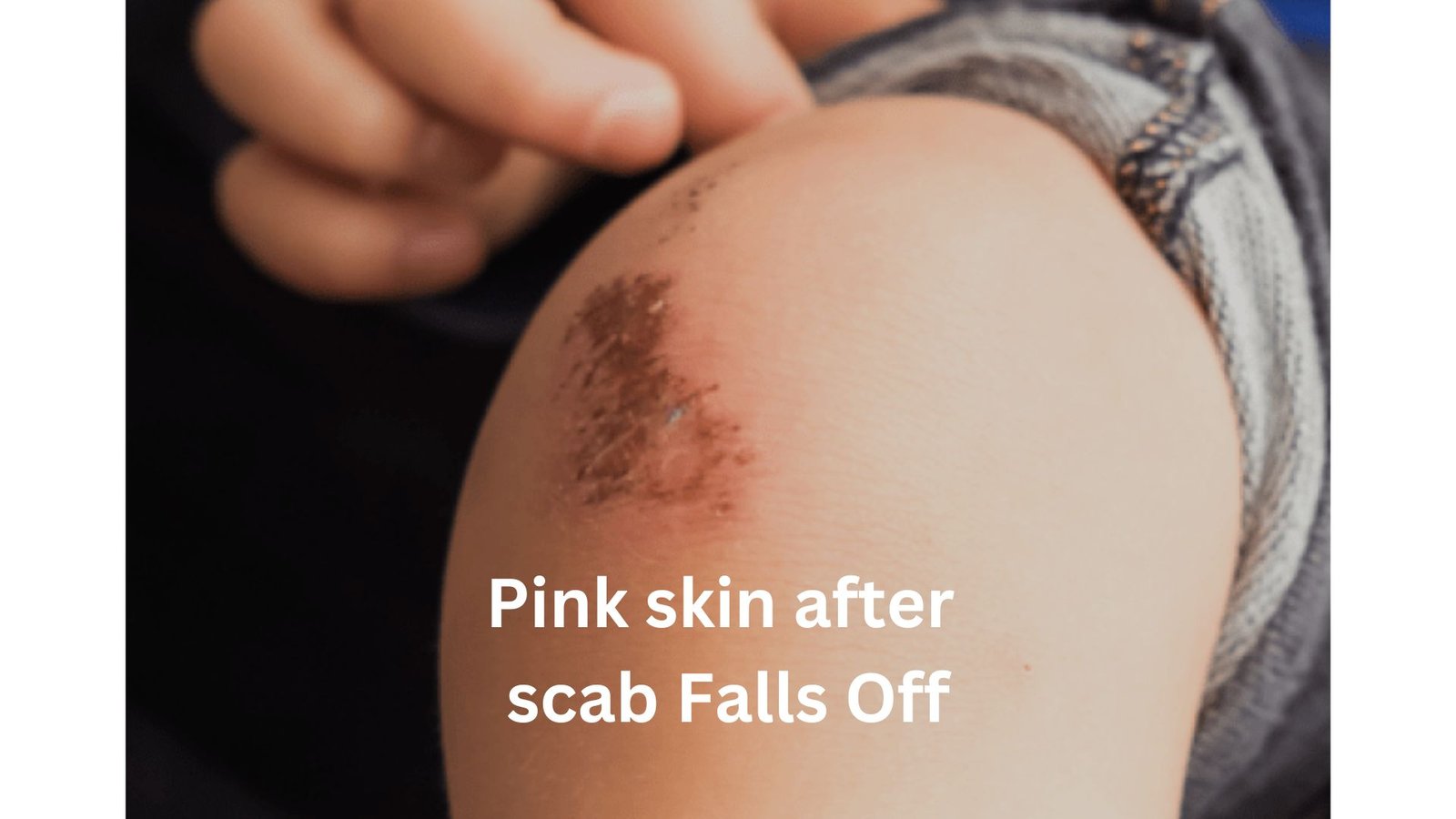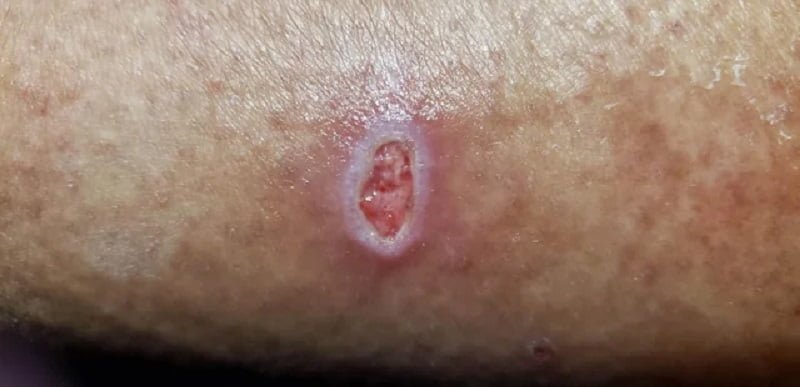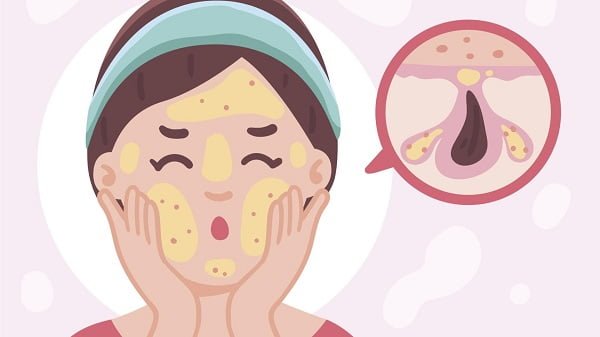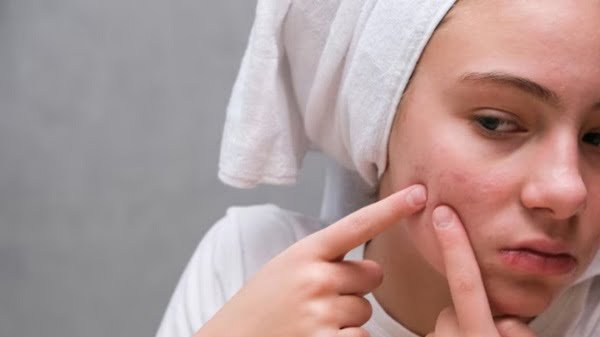Introduction
Scabs are a natural part of the healing process for wounds, serving as a protective layer while new skin forms underneath. However, what often concerns people is the appearance of pink skin under the scab once it begins to peel away. This phenomenon can raise questions about whether the pink skin will disappear or if it’s a cause for concern. In this comprehensive guide, we’ll delve into the intricacies of wound healing and address common queries about pink skin under scabs.
Understanding Wound Healing
Wound healing is a complex biological process involving various stages:
- Hemostasis: Immediate response to injury, where blood vessels constrict to reduce blood loss, followed by platelet aggregation to form a temporary plug.
- Inflammation: White blood cells, such as neutrophils and macrophages, remove debris and pathogens from the wound site while releasing growth factors to initiate tissue repair.
- Proliferation: New tissue forms as fibroblasts produce collagen, and epithelial cells migrate to cover the wound surface.
- Remodeling: Collagen fibers reorganize and strengthen, and excess tissue is removed through apoptosis.
Pink Skin Under Scab: Is It Normal?
When a scab forms over a wound, it acts as a protective barrier while the underlying skin regenerates. As the healing process progresses, the scab may start to loosen and peel away, revealing pink or reddish skin underneath. This pink hue is typically a sign of new skin growth and is considered a normal part of the healing process.
Factors Affecting Pink Skin Appearance
Several factors can influence the appearance of pink skin under a scab:
- Depth of the Wound: Deeper wounds may take longer to heal and may result in more pronounced pink skin during the initial stages of healing.
- Skin Type: Individuals with fair skin may notice pink skin more prominently compared to those with darker skin tones.
- Infection: Infections can impede the healing process and may cause the skin under the scab to appear red, swollen, or pus-filled. If you suspect an infection, seek medical attention promptly.
- Sun Exposure: Exposing the healing wound to sunlight can cause the skin to darken or hyperpigment, affecting its appearance once the scab falls off.
- Scar Formation: In some cases, the pink skin under the scab may eventually develop into a scar, especially if the wound is deep or if proper wound care isn’t followed.
Will Pink Skin Under Scab Go Away?
The pink skin under a scab is a temporary phase in the wound healing process. As healing progresses, the skin’s natural coloration should gradually return. However, it’s essential to practice proper wound care to support optimal healing and minimize the risk of complications.
Tips for Supporting Healing and Minimizing Scarring
- Keep the Wound Clean: Clean the wound gently with mild soap and water to prevent infection.
- Protect the Wound: Keep the wound covered with a clean bandage or dressing to protect it from further injury and reduce the risk of infection.
- Avoid Picking or Scratching: Resist the urge to pick at the scab, as this can delay healing and increase the likelihood of scarring.
- Moisturize: Apply a gentle moisturizer to the surrounding skin to keep it hydrated and promote healing.
- Sun Protection: Once the scab falls off, protect the healing skin from sun exposure by using sunscreen or covering it with clothing.
When to Seek Medical Attention
While pink skin under a scab is typically a sign of healing, certain signs warrant medical evaluation:
- Persistent redness, swelling, or warmth around the wound site
- Increasing pain or discomfort
- Foul odor or discharge from the wound
- Fever or chills
If you experience any of these symptoms, consult a healthcare professional promptly for further evaluation and treatment.
Conclusion
Pink skin under a scab is a common occurrence during the wound healing process and is usually indicative of new skin growth. With proper wound care and patience, the pink hue should gradually fade as the skin continues to regenerate. However, it’s essential to monitor the wound for any signs of infection or complications and seek medical attention if needed. Remember, each person’s healing journey is unique, so be patient and kind to your body as it works to repair itself.
Faq related to "Will pink skin under scab go away"
Yes, the pink skin under the scab is typically a sign of new skin growth. As the wound continues to heal, the pink hue should gradually fade, and the skin’s natural coloration will return.
The time it takes for the pink skin to disappear can vary depending on factors such as the depth of the wound, individual healing factors, and proper wound care. Generally, the pink coloration should diminish over several weeks as the skin fully regenerates.
Yes, it’s normal for the skin under the scab to appear pink or reddish. This pink hue indicates the formation of new tissue and is a natural part of the healing process.
While you can’t rush the body’s natural healing process, you can support optimal healing by practicing proper wound care. Keeping the wound clean, protected, and moisturized can help promote faster healing and minimize the appearance of pink skin.
If you notice signs of infection, such as increased redness, swelling, warmth, or pus-like discharge, it’s essential to seek medical attention promptly. Infections can impede the healing process and may require medical intervention, such as antibiotics, to resolve.
In some cases, the pink skin under the scab may eventually develop into a scar, especially if the wound is deep or if proper wound care isn’t followed. However, with proper care and attention, the appearance of scarring can be minimized.
Yes, exposing the healing wound to sunlight can cause the skin to darken or hyperpigment, affecting its appearance once the scab falls off. To prevent this, it’s essential to protect the healing skin from sun exposure by using sunscreen or covering it with clothing.
While pink skin under a scab is typically a sign of healing, if the pink hue persists or worsens over time, it’s advisable to consult a healthcare professional for further evaluation. Persistent redness or other concerning symptoms may indicate an underlying issue that requires medical attention.
No, picking at the scab can disrupt the healing process and increase the risk of infection and scarring. It’s essential to let the scab fall off naturally and avoid picking or scratching at it.
To minimize the risk of scarring, it’s crucial to practice proper wound care throughout the healing process. Avoid picking or scratching at the scab, keep the wound clean and moisturized, and protect it from sun exposure. If you’re concerned about scarring, consult a dermatologist for additional advice and treatment options.

